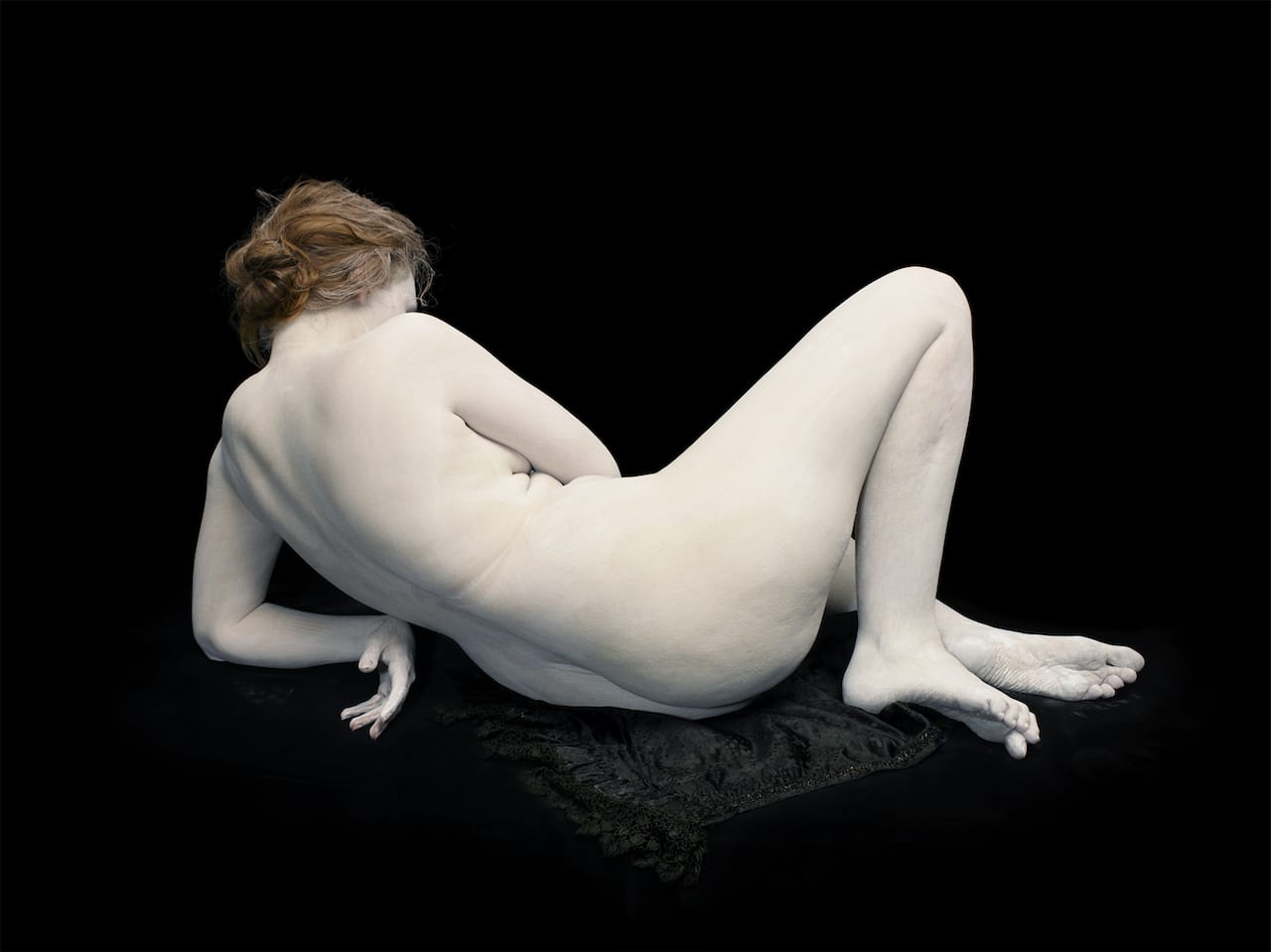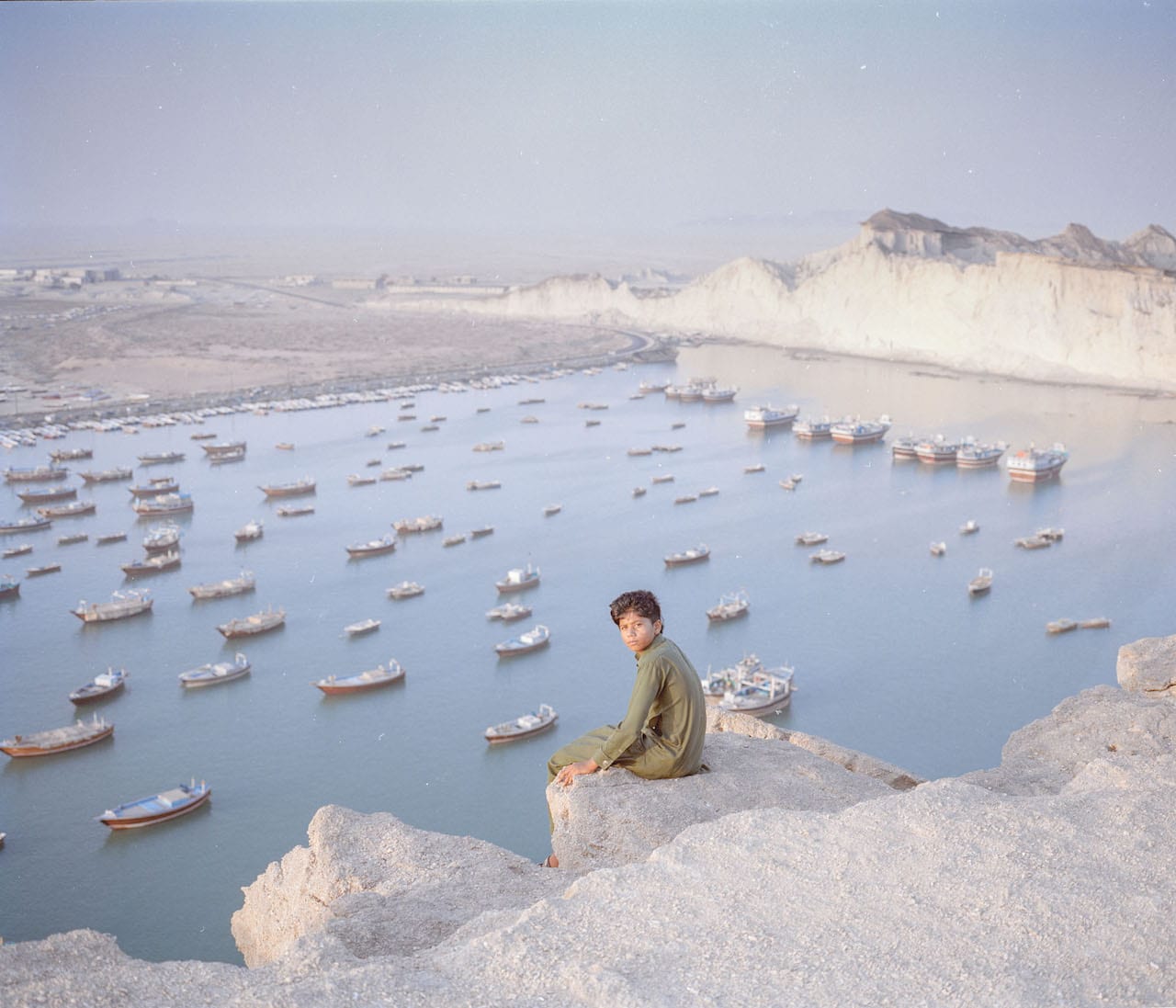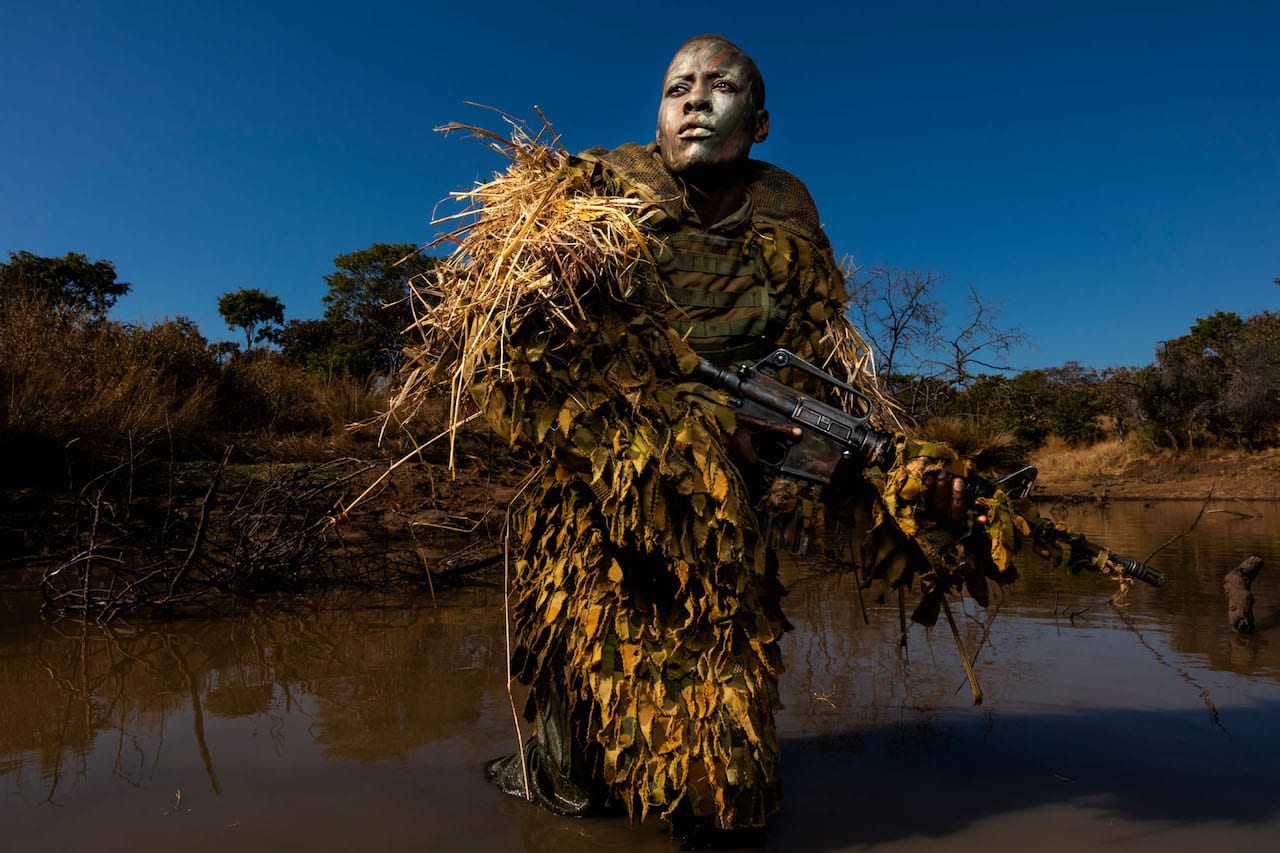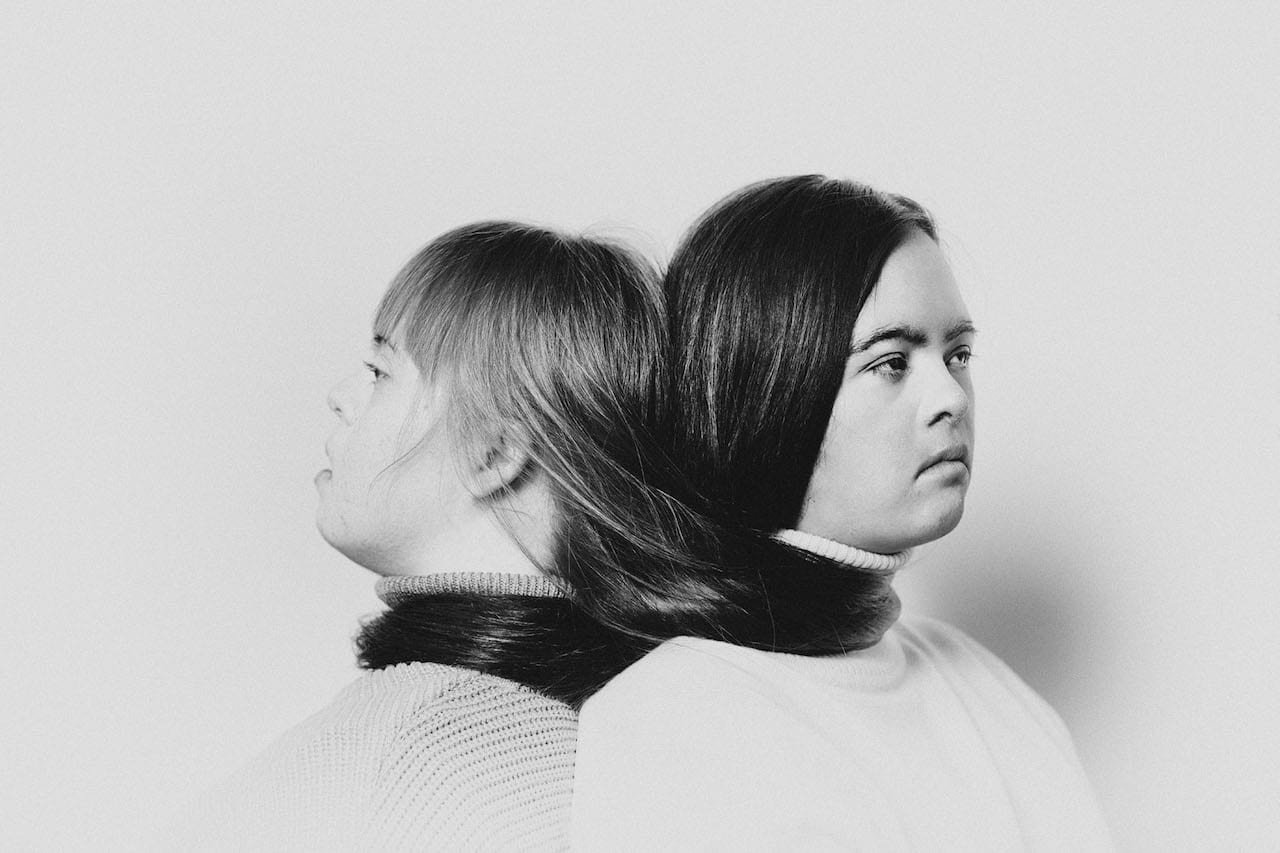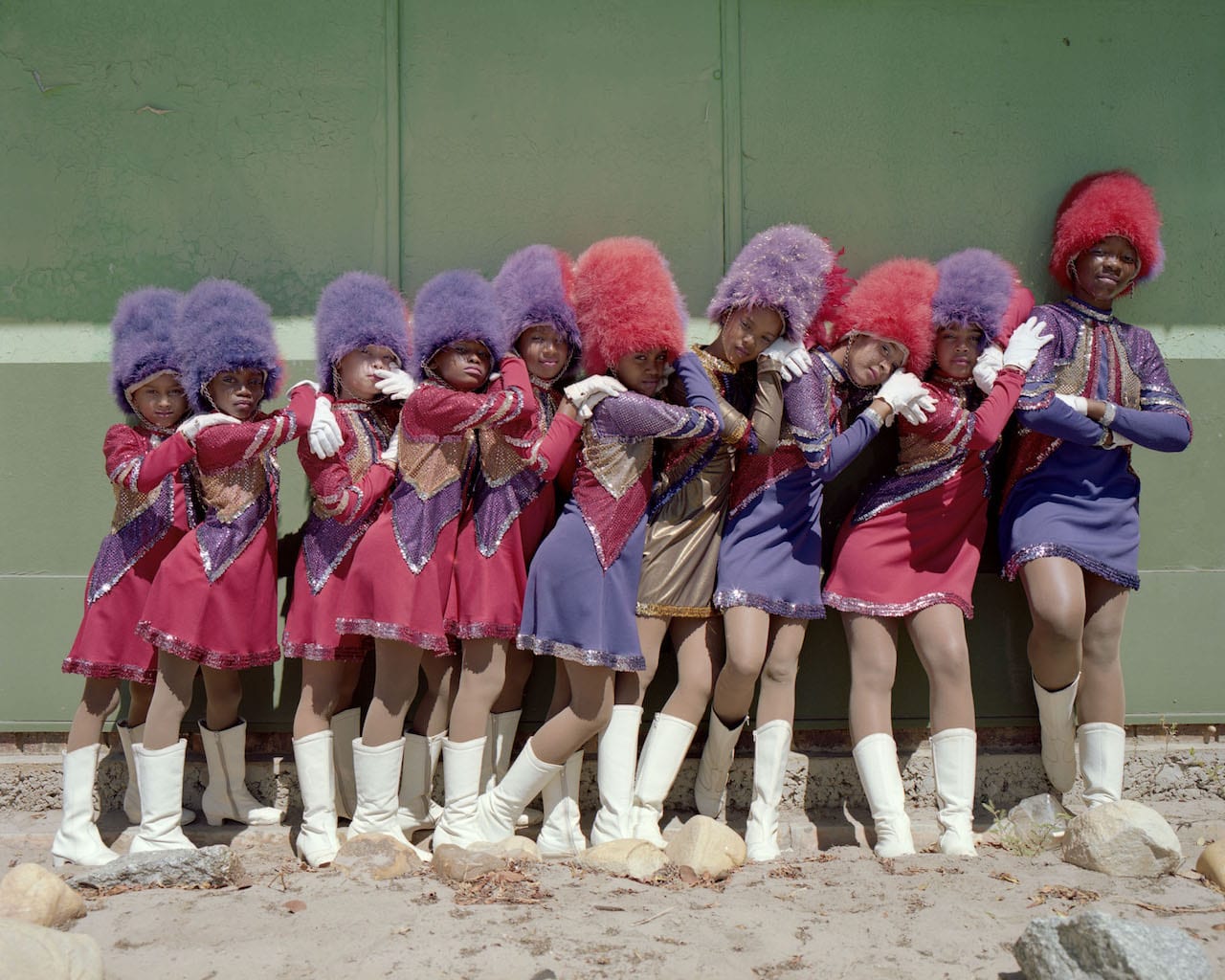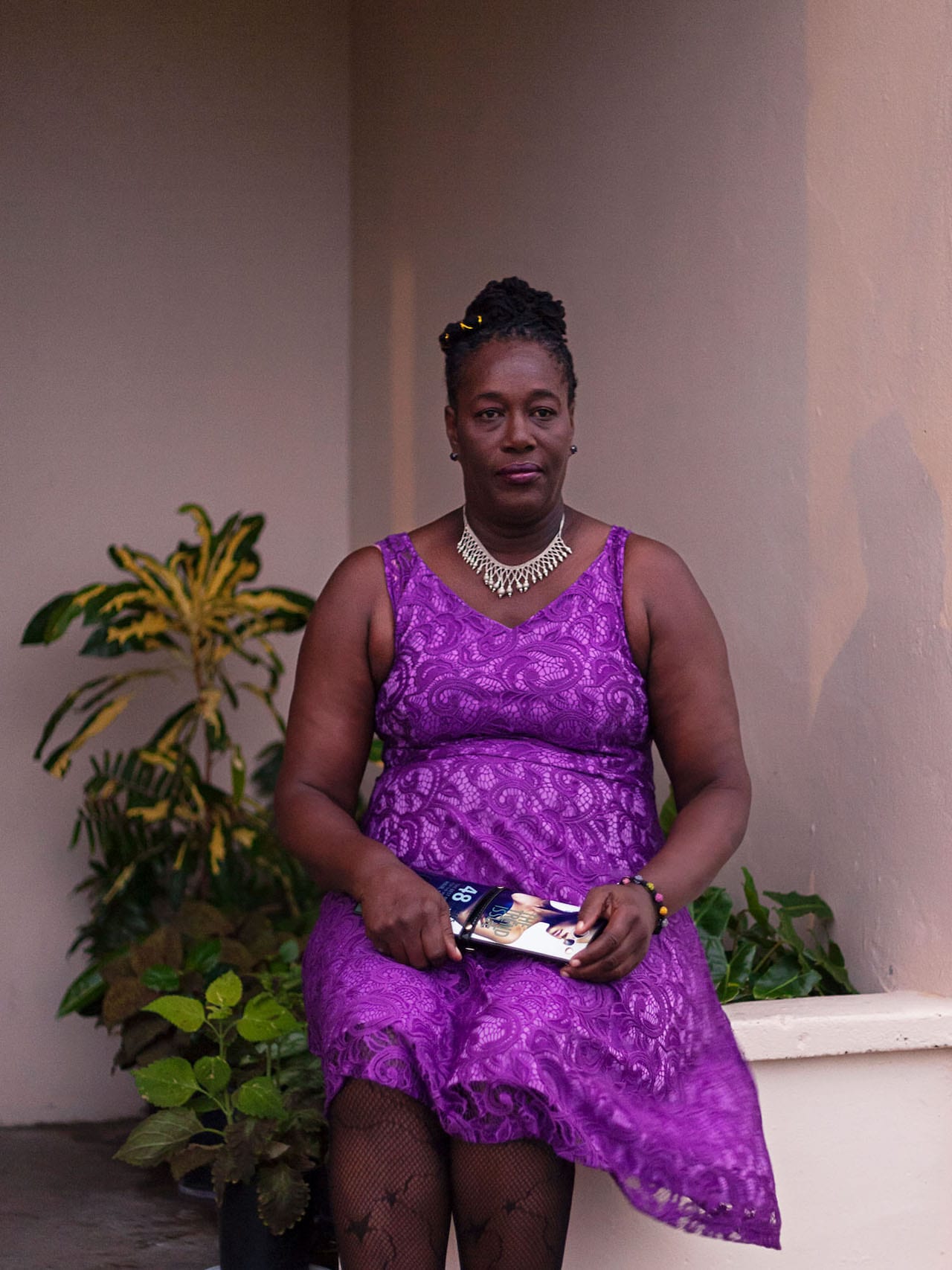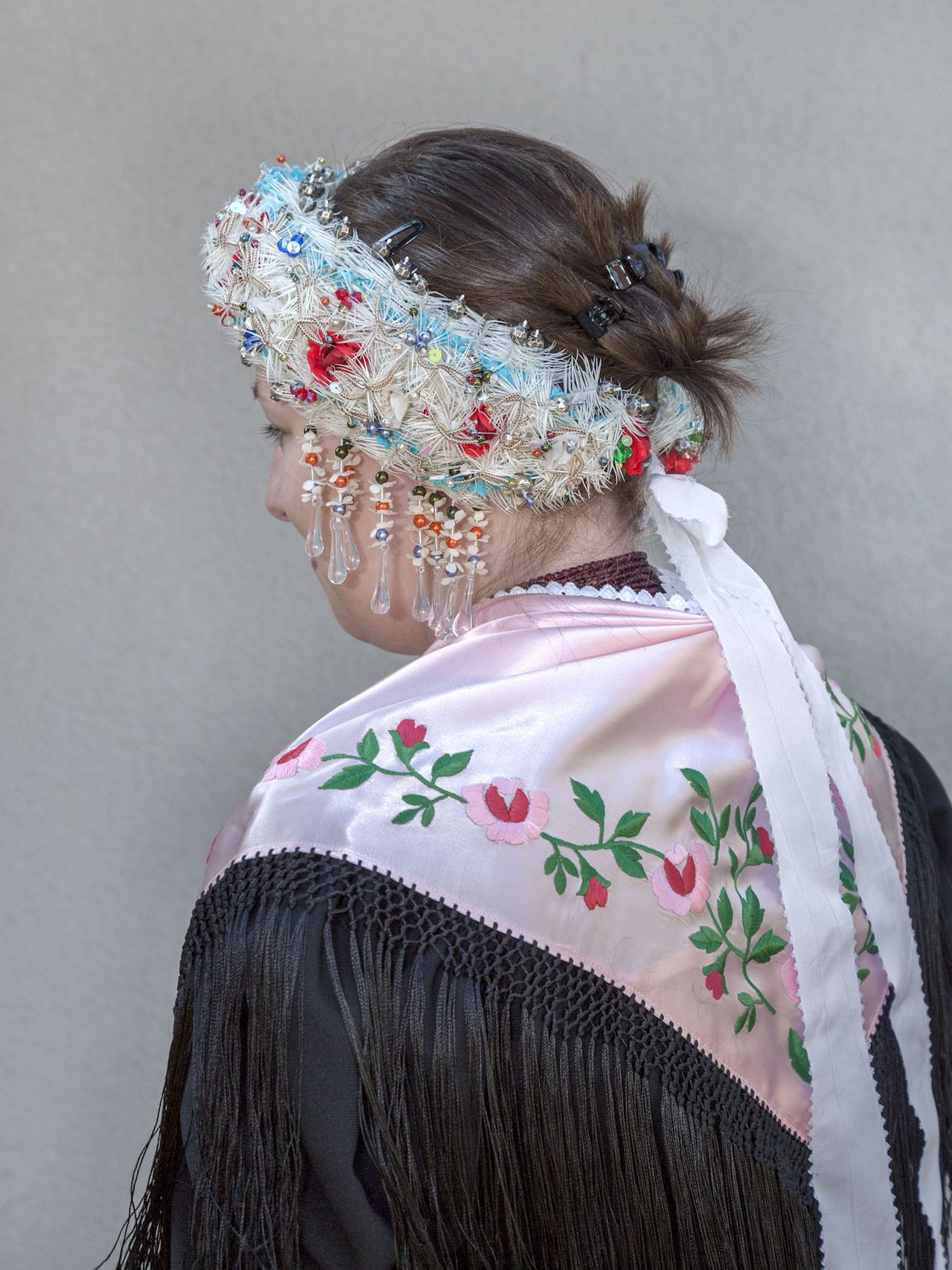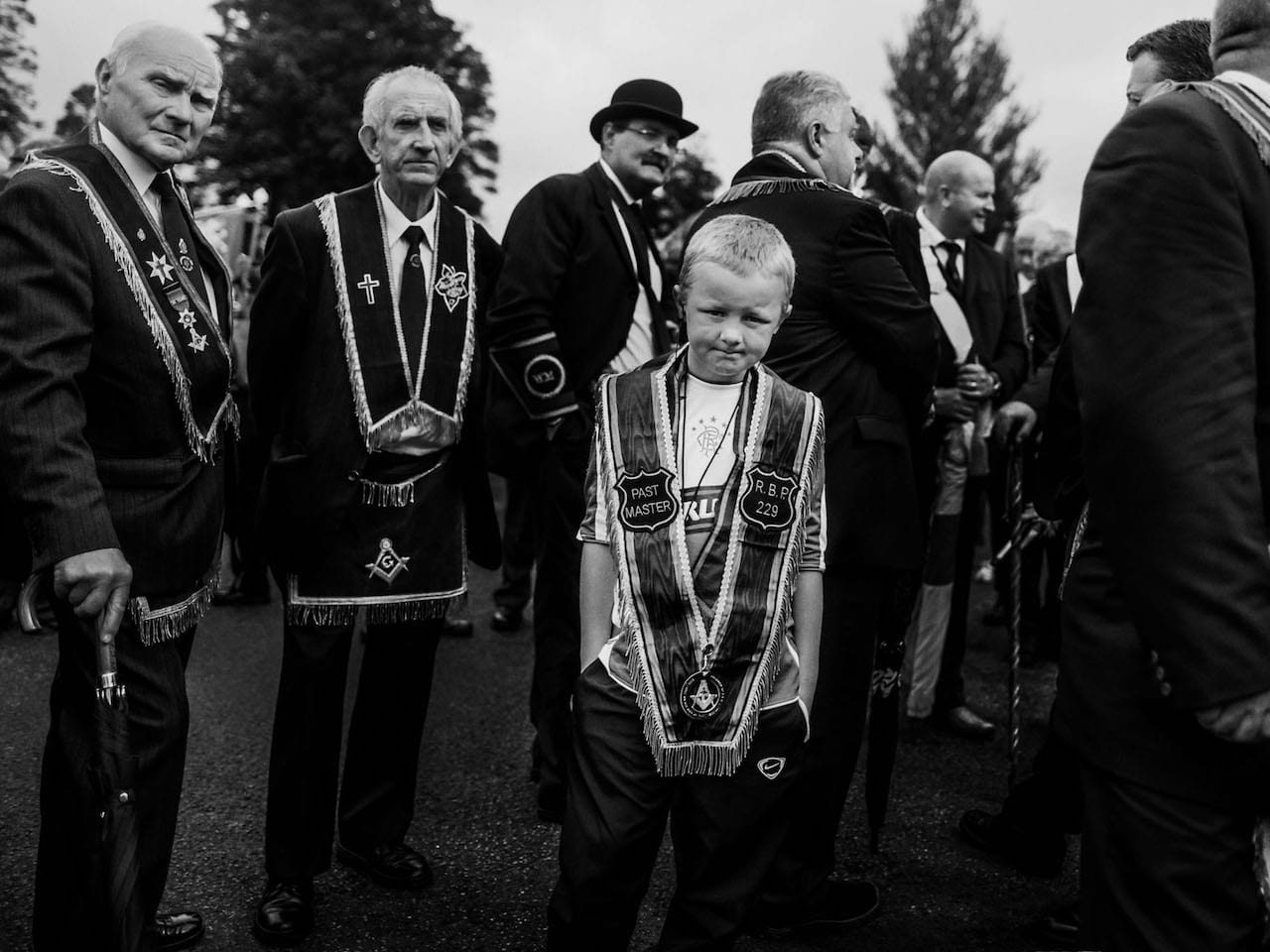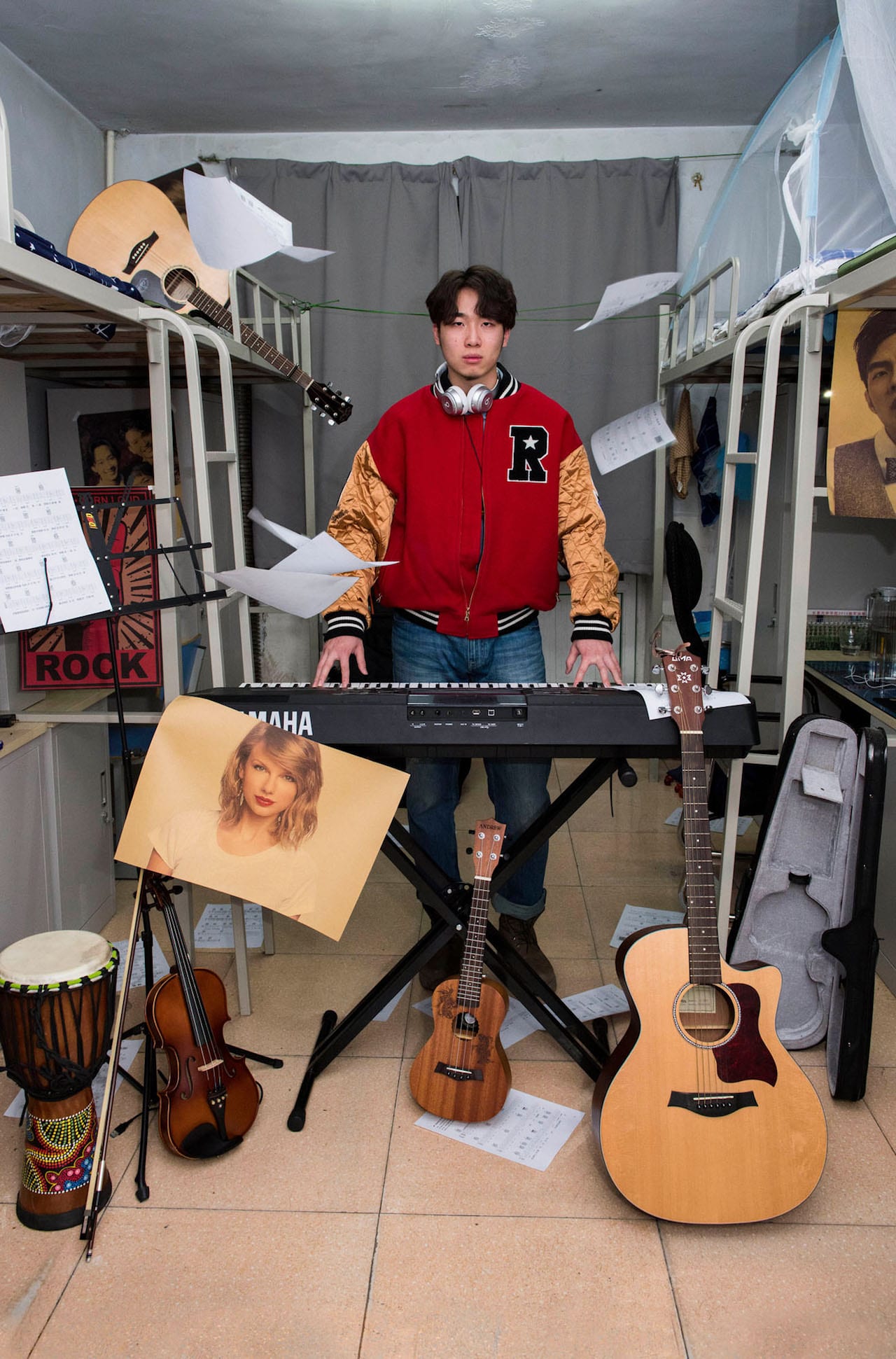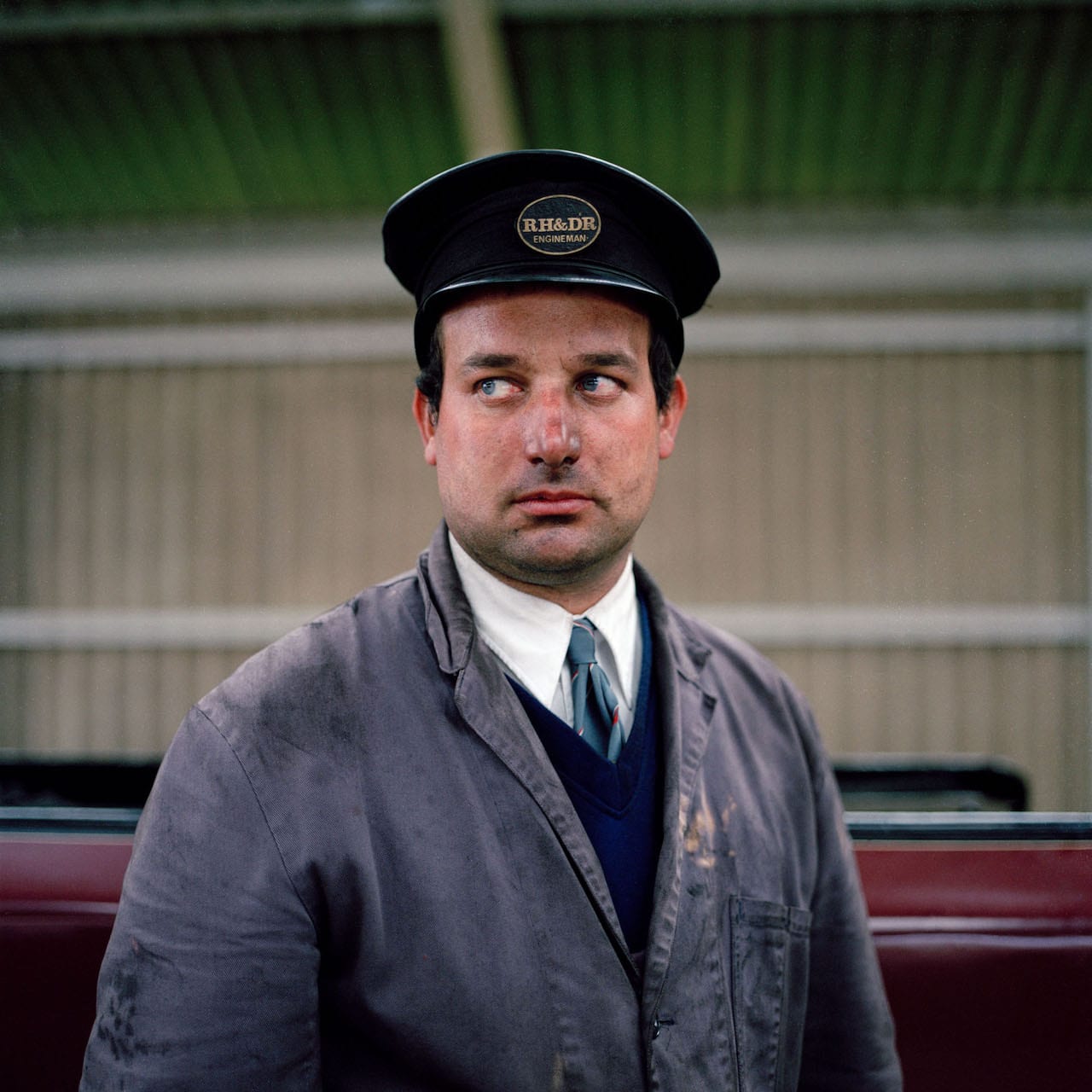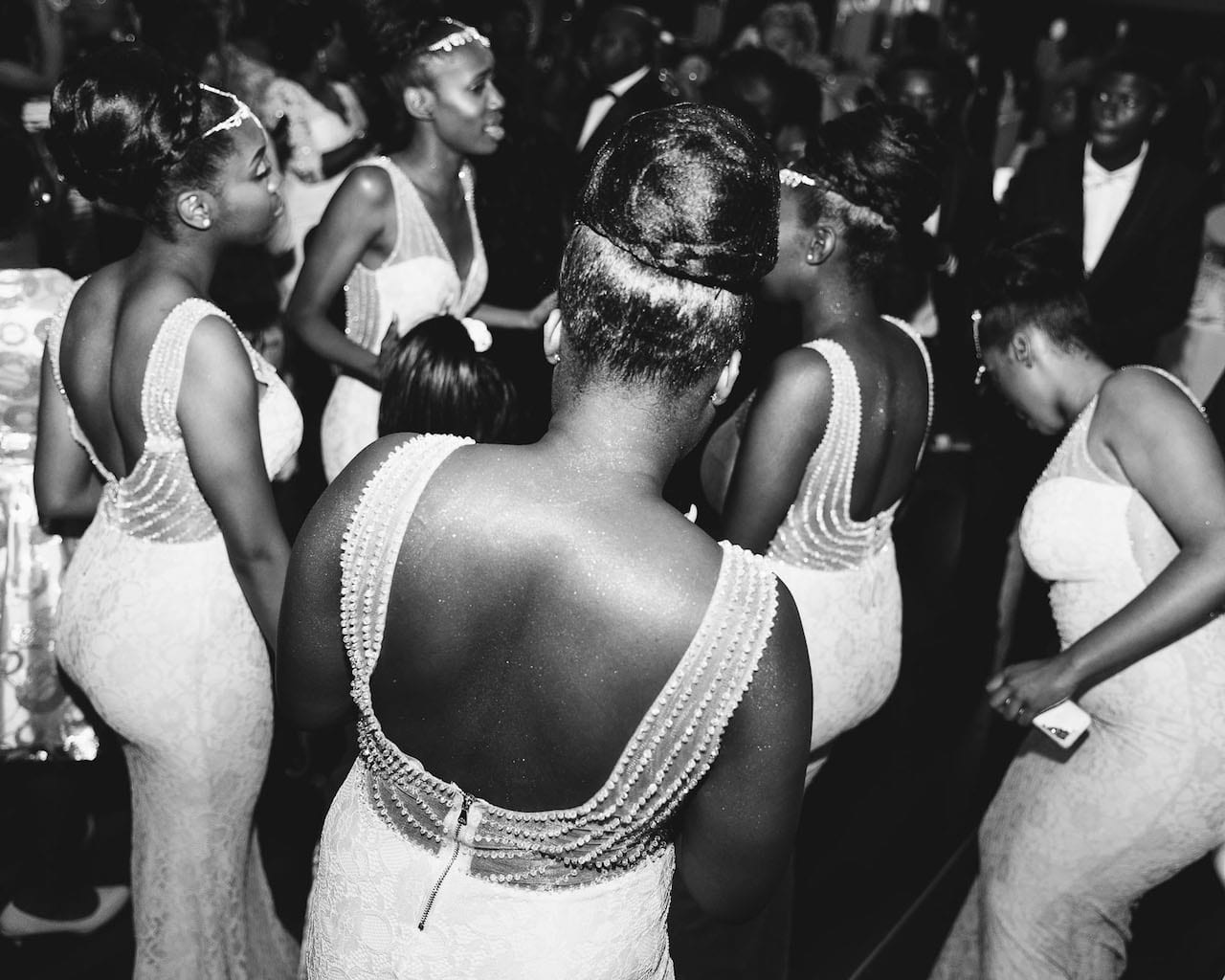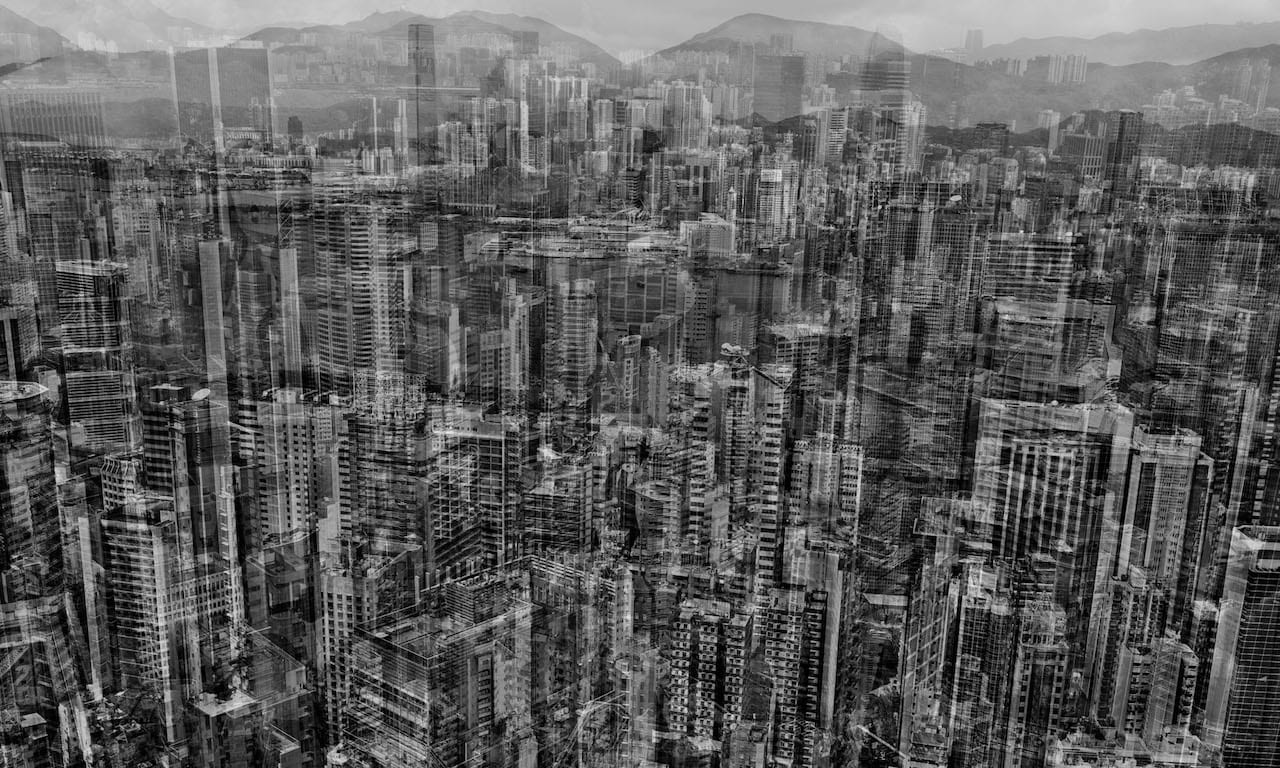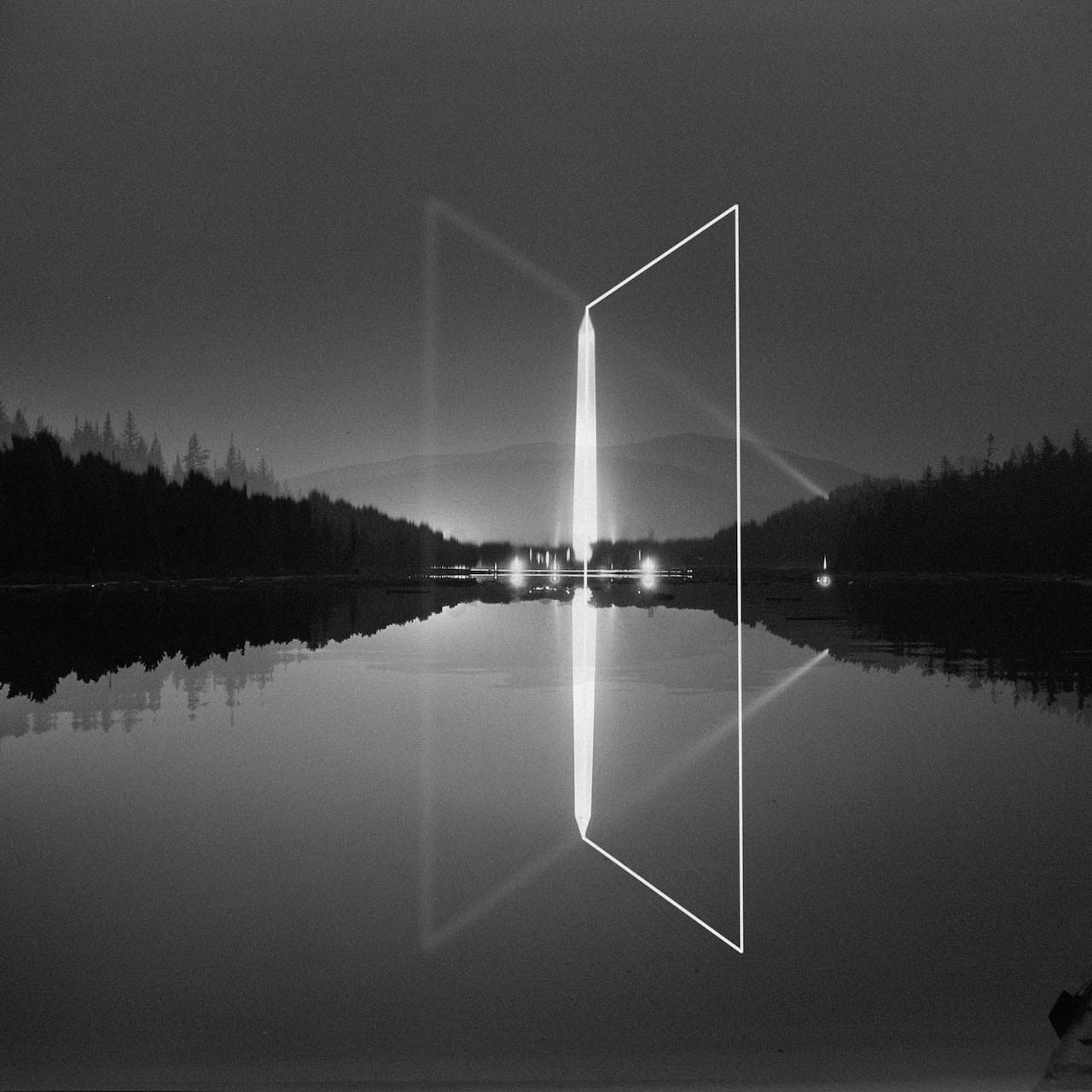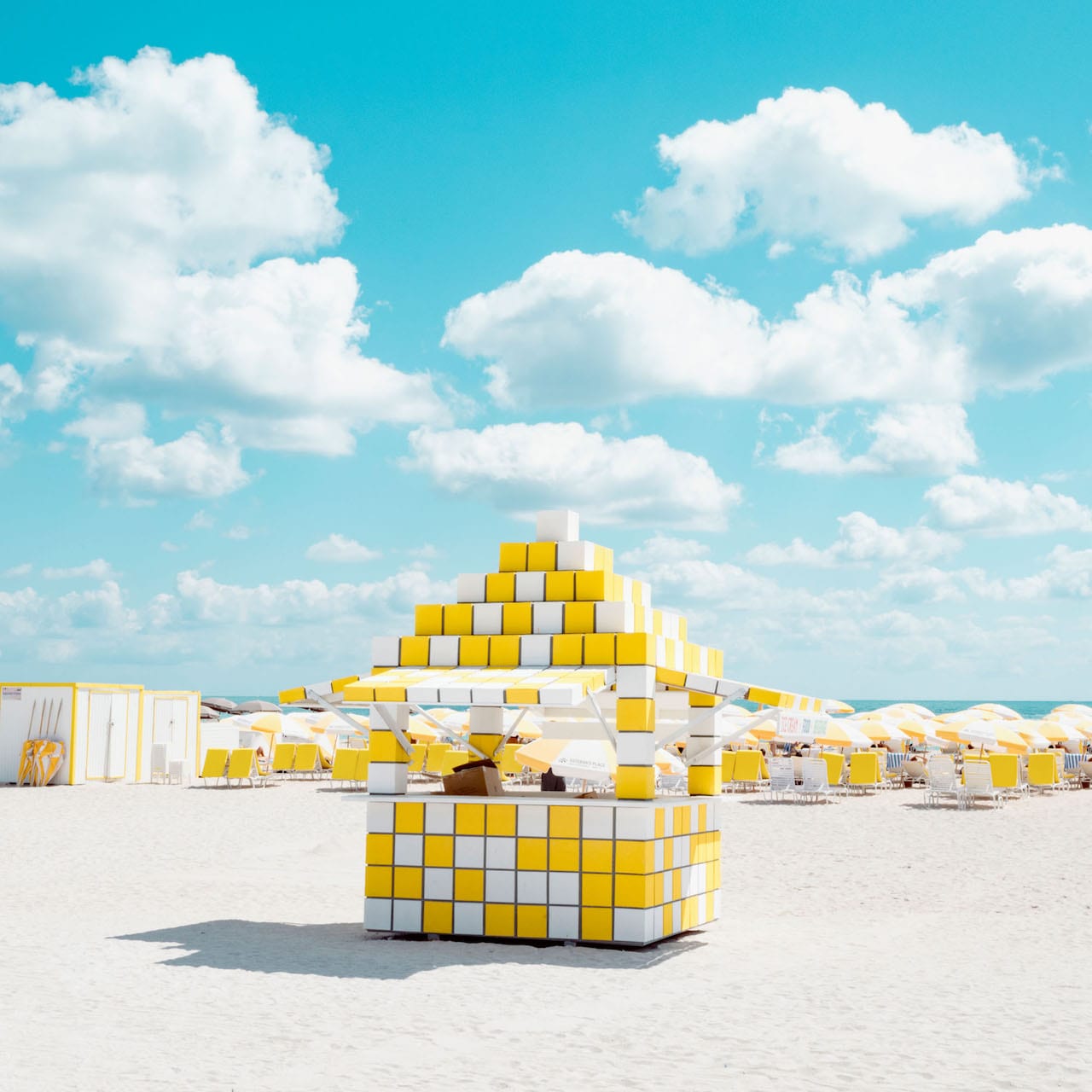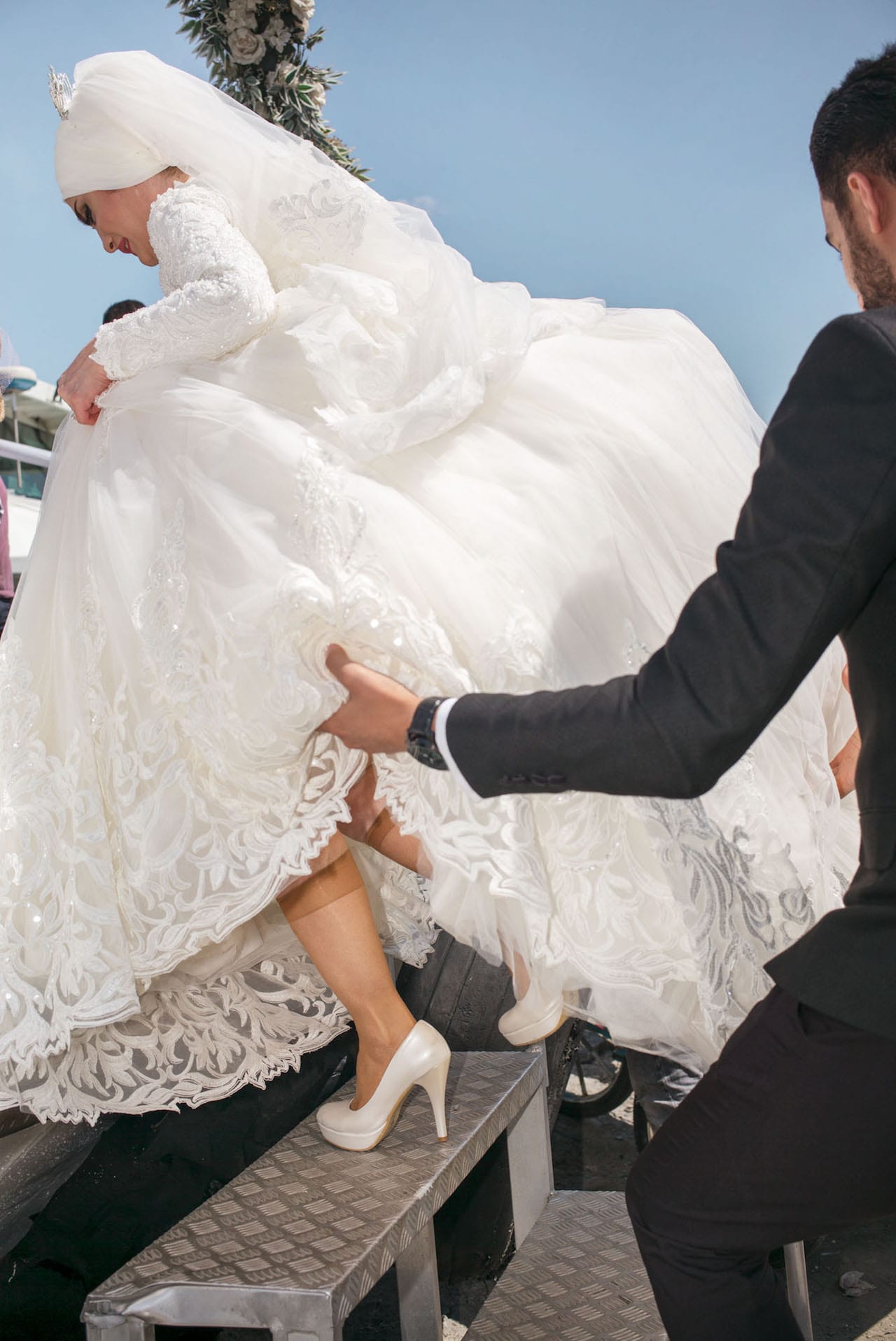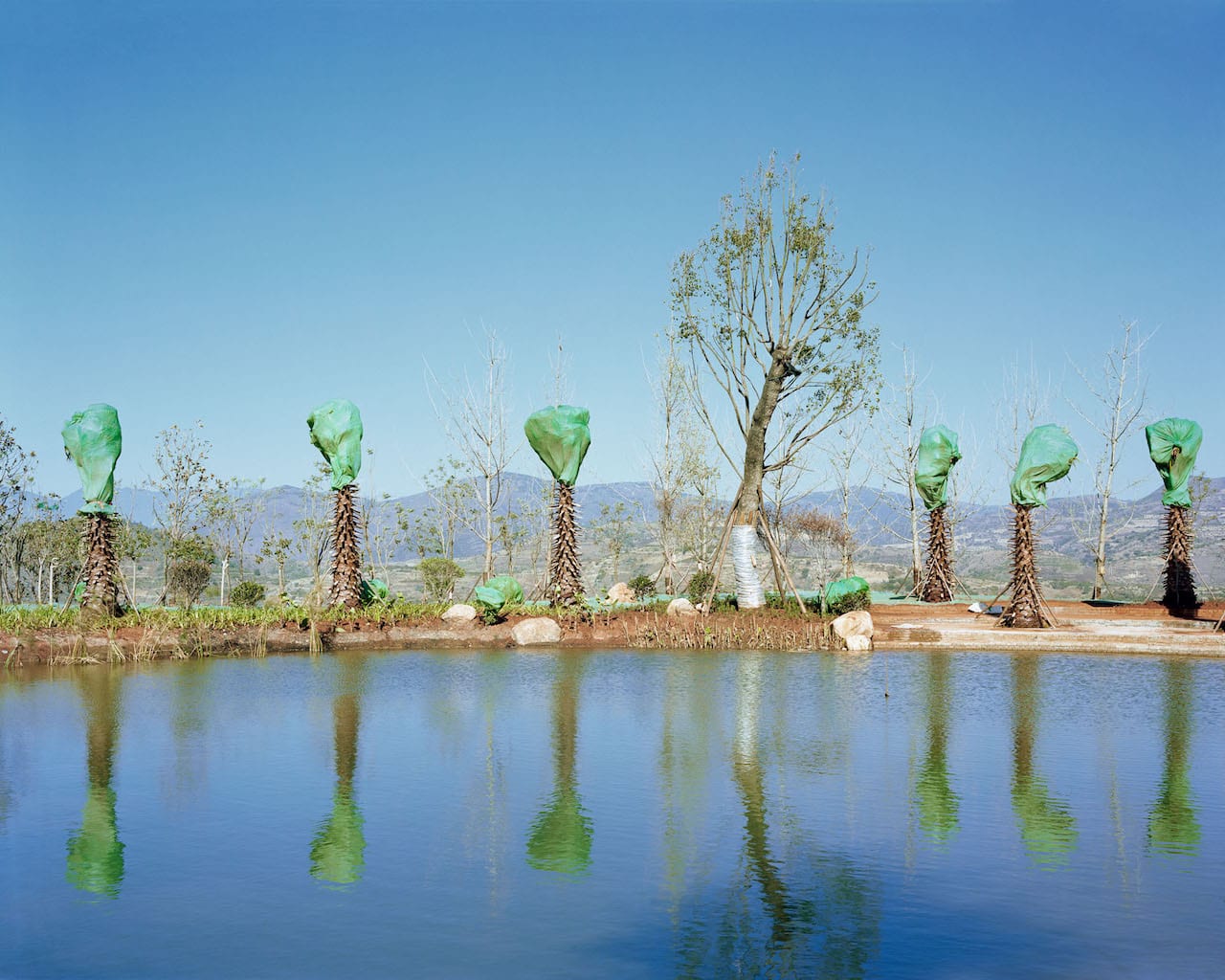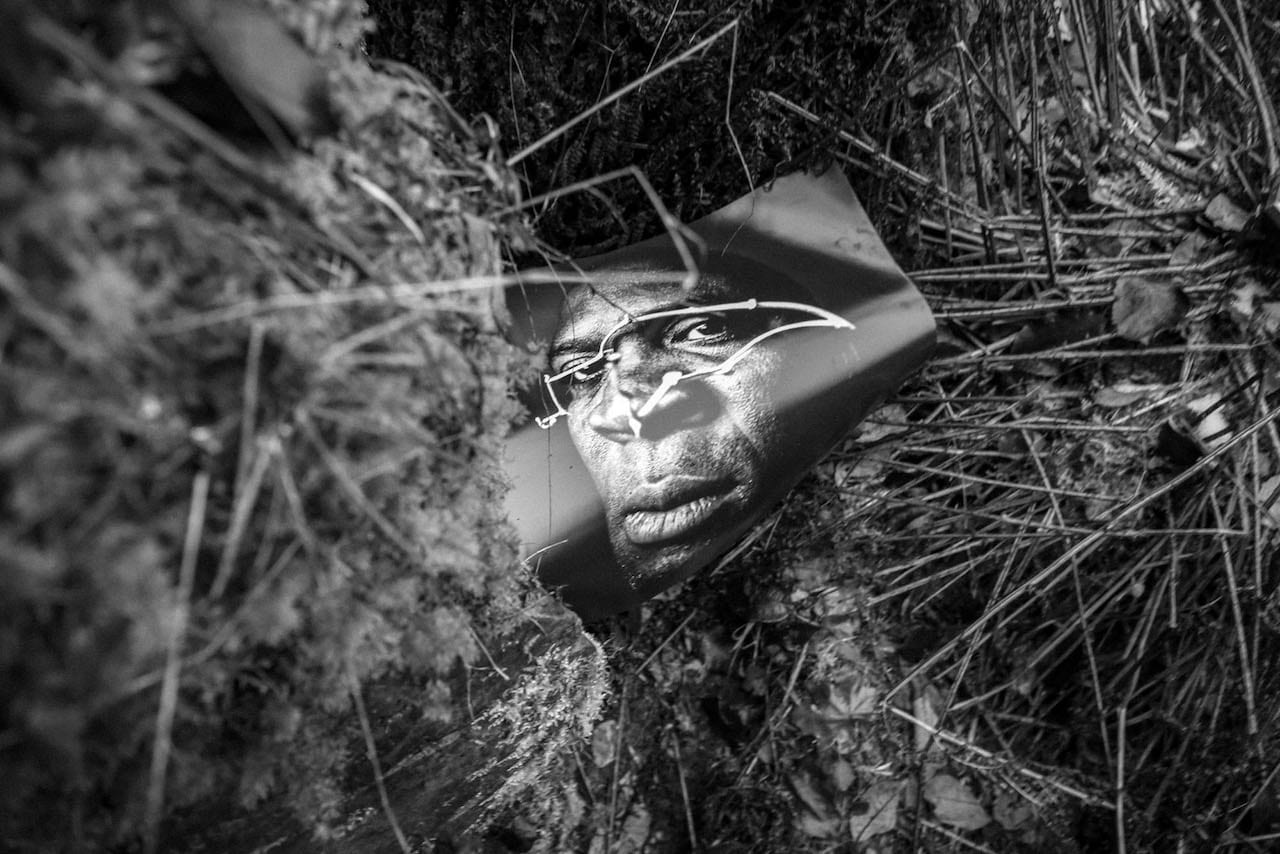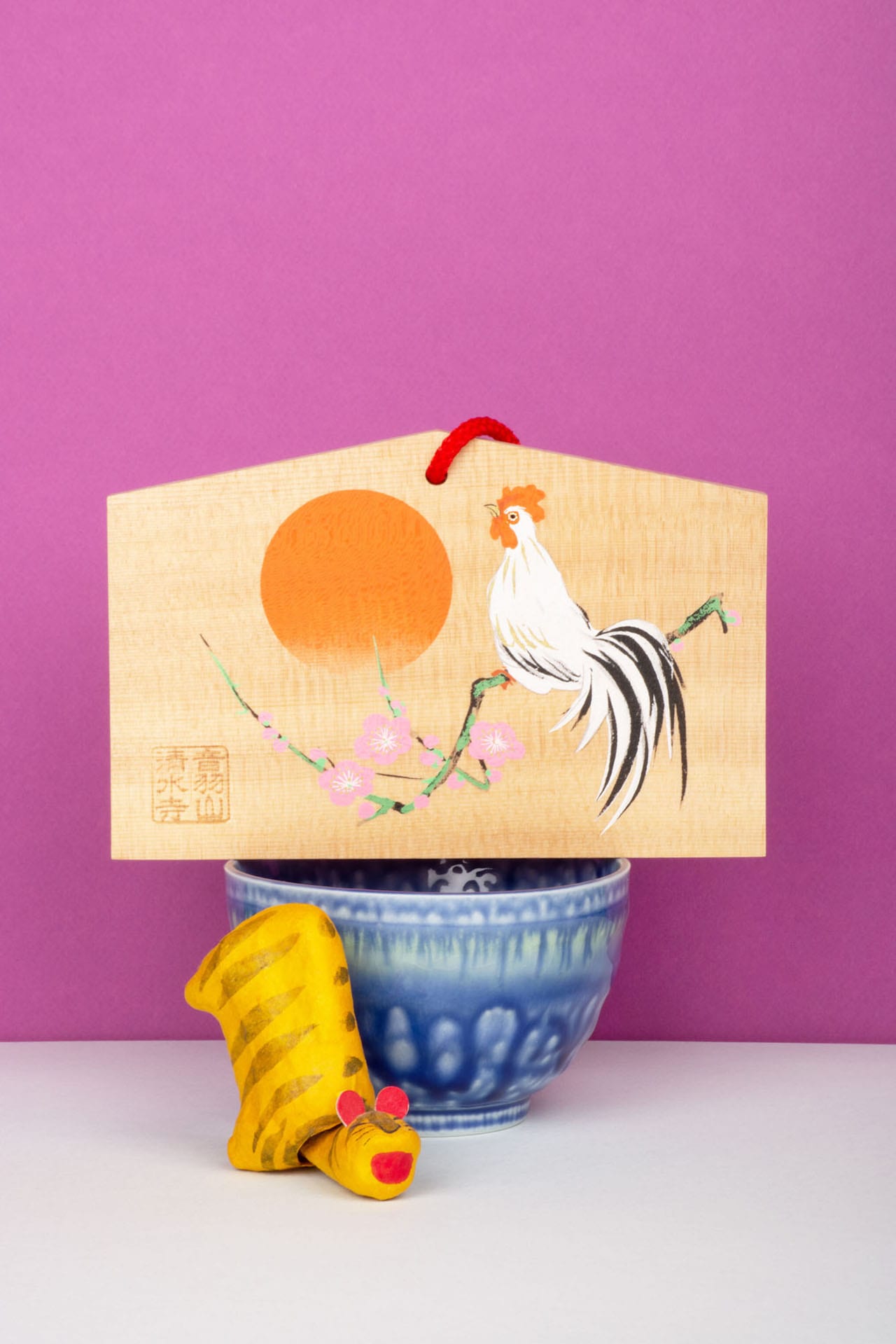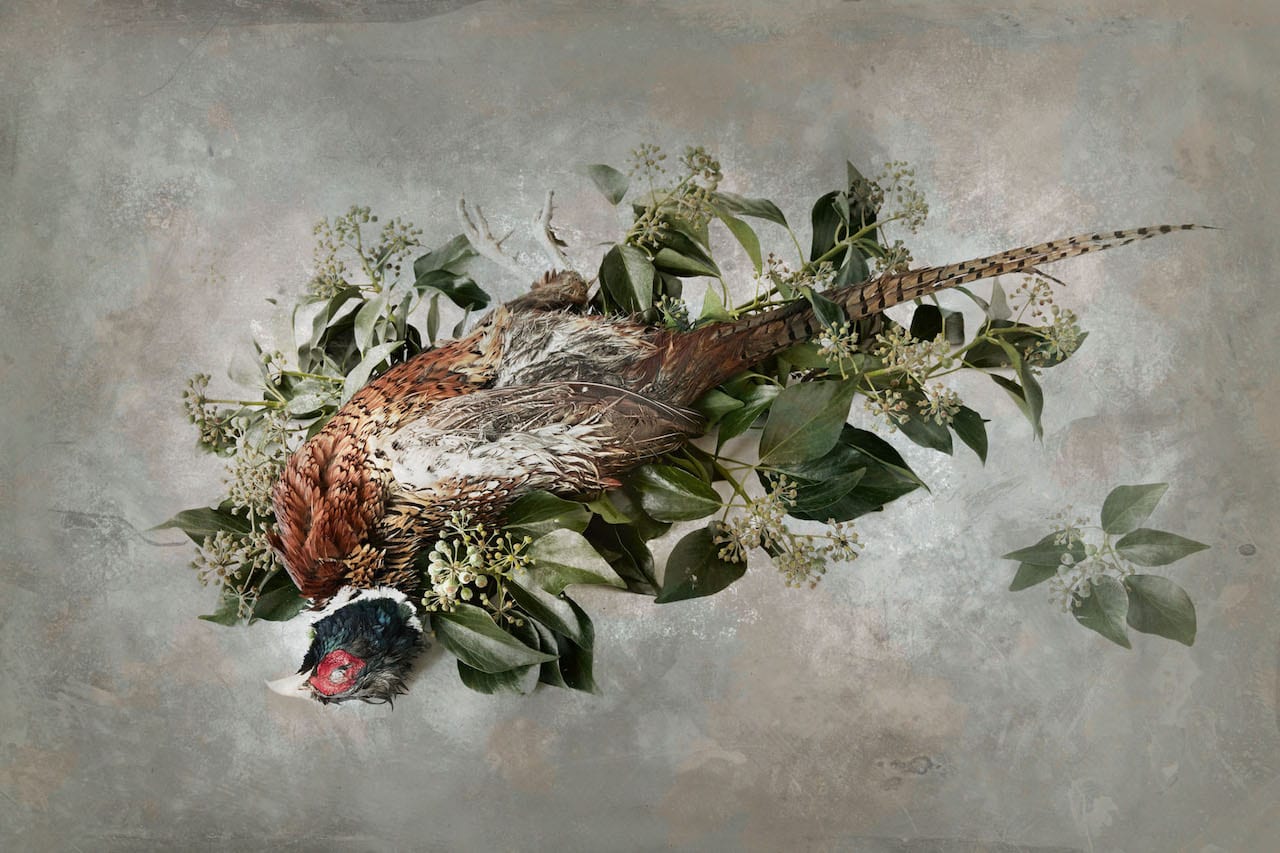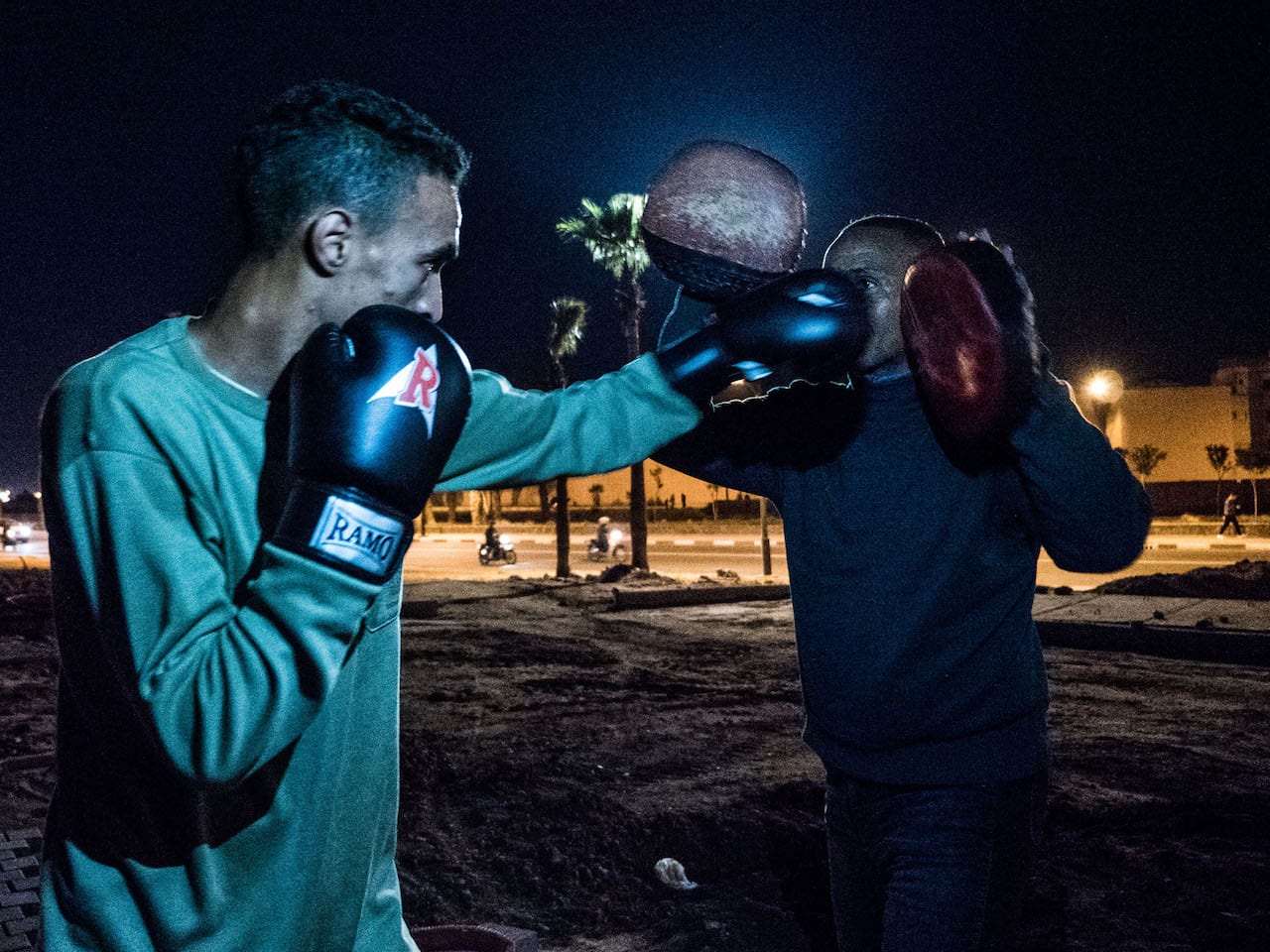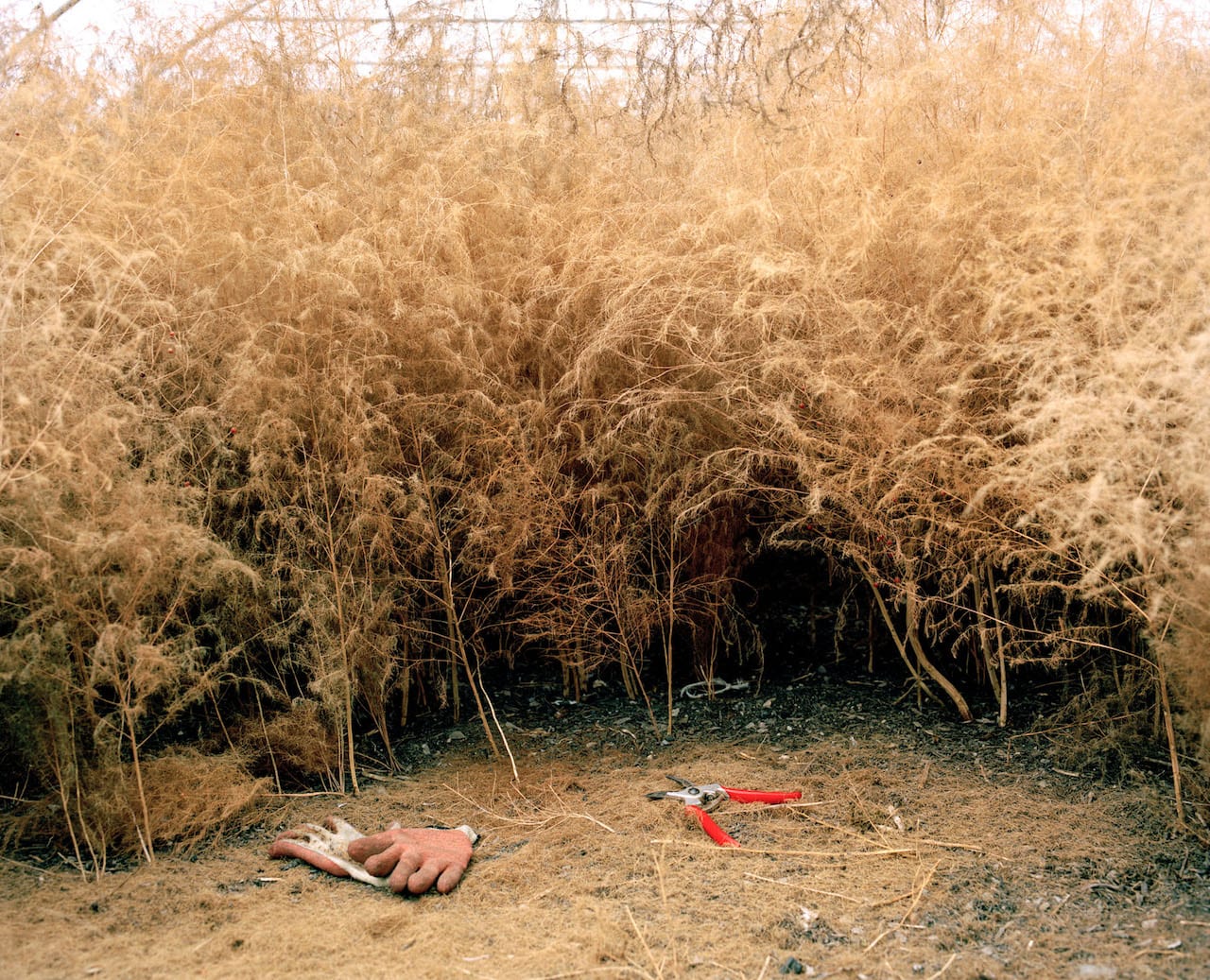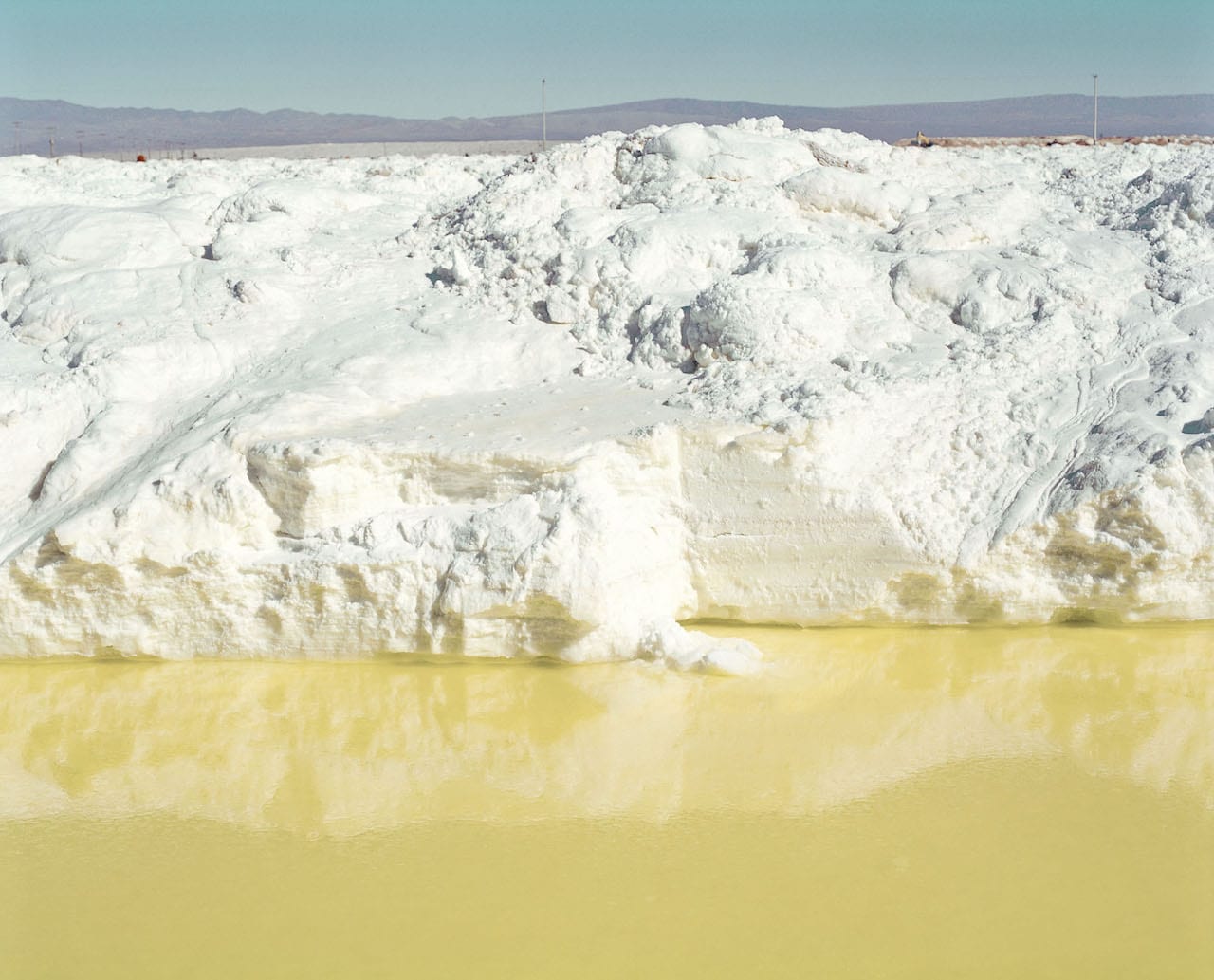“The photographers we have selected who are part of the exhibition are the vanguard – they are the next generation,” says Brendan Embser, managing editor of Aperture. He’s talking about the professional finalists in this year’s Sony World Photography Awards, which he helped judge alongside three other photography experts: Emma Lewis, assistant curator, Tate; Liu Heung Shing, founder of the Shanghai Center of Photography; and Isabella van Marle, head of artist & gallery relations at Unseen Amsterdam.
The Sony World Photography Awards are divided into four categories – professional, student, youth, and open – which this year received over 326,000 submissions from 195 countries and territories. The shortlisted work will go on show at the 2019 Sony World Photography Awards Exhibition at Somerset House, London, before going on tour around the world; this exhibition will also include a section dedicated to work by Nadav Kander, who has been awarded a prize for his Outstanding Contribution to Photography.
Audrey with toes and wrist bent, 2011 © Nadav Kander, courtesy of Flowers Gallery The winners in each of the 10 professional categories will be announced on 17 April, the day before the exhibition opens, with the overall winner of the Photographer of the Year prize set to win $25,000. “When reviewing work at the Sony World Photography Awards, I was immediately attracted to the different approaches within certain categories,” commented van Marle. “I think everyone should visit the Sony World Photography Awards Exhibition because it has a great diversity of work, with some really clever and beautiful projects.”
The Student competition was judged by: Jason Baron, creative director of photography, BBC Creative; Bruno Bayley, managing editor, Magnum Photos; and Jeff Hamada, founder & editor, BOOOOOOOM. “What’s been so interesting to see in this year’s student competition is the range, variety and diversity of the images on show, not just in the subject matter, but in the genre of photography,” commented Baron. “Urban landscapes, lit portraiture, photo essays and still life to name but a few.”
The 2019 Sony World Photography Awards Exhibition is on show from 18 April until 06 May at Somerset House, London. Tickets cost from £5 for a weekday lunchtime slot www.worldphoto.org/sony-world-photography-awards-exhibition
Sistan and Baluchestan province in South East Iran shares borders with Afghanistan and Pakistan. Once a forest, and with a history of over 5000 years, it used to be a great source of crops. Now, rapid climate change is turning this vast region into an infertile desert. Lake Hamun is connected to Helmand/Hirmand River which flows from Afghanistan. The Afghan government has built dams in upstream Helmand, preventing water from reaching Iran. Today there is nothing left of the lake except cracked, barren land. From the series An Elegy for the Death of Hamun © Hashem Shakeri (Iran), shortlisted for Professional Documentary award A shirtless young protester in Gaza gripping a Palestinian flag with one hand and swinging a slingshot over his head with the other, on the northern border between Gaza Strip and Israel in the weekly protests, which are organised by Palestinian protesters to protest against the Israeli blockade of Gaza, which has been in place for 12 years now. Image © Mustafa Hassona (Palestine), shortlisted for Professional Documentary award Phundundu Wildlife Area, Zimbabwe, June 2018. Specially selected women from an all female conservation ranger force undergo sniper training in the bush to curb poaching. Akashinga (meaning the ‘Brave Ones’ in local dialect) is a community-driven conservation model, empowering disadvantaged women to restore and manage a network of wilderness areas as an alternative to trophy hunting. From the series Akashinga – The Brave Ones © Brent Stirton/Getty Images This series is part of the Radical Beauty project, an international photography project which aims to give people with Down’s syndrome their rightful place in the visual arts. ‘Chosen [not ]to be’ reflects on the reality of people with Down’s Syndrome – the barriers they face, society’s refusal to see their capabilities, the invisibility of their true selves – and translates their experiences visually. With much love and respect to Juliette, Margot, Emma, Eveline and Tessel. Image © Marinka Massus (Netherlands), Professional Creative Tamzleigh De Kock, Wakiesha Titus, Riley Van Harte, Claresha Nano, Chrishey Sassman, Charity Adams, Kesia Plaatjies, Erin Carolus, Aneeqah Meyer and Linomtha Makaleni. Despite the girls in the Avondale Majorettes team being 6 to 13 years old, they work very well together, and are expected to perform at a pace which accommodates everyone. From the series Drummies © Alice Mann (South Africa), shortlisted for Professional Brief award “Every day is another chance” is an ongoing series about the links between personal mythologies within my family. In September, I returned to Nevis (a former British colony; population 12,000) after three years in New York City. Feral monkeys, donkeys, goats and sheep still charmingly regulate traffic; inertia and frustration linger in the warm breeze, mingling with the unfulfilled promises of sun, sea, and sand. My new life in the US was a seismic cultural shift: festering racial tensions thrust on me a notion of blackness that felt like indoctrination. From the series Every Day is Another Chance © Kacey Jeffers Nevisian (US), shortlisted for Professional Brief award Höllental und Himmelreich (Valley of Death and Kingdom of Heaven) Even in these times of continuous technological development, centuries-old customs are still cherished in the Black Forest, a region in South West Germany where I grew up. In many villages, there appears to be a deep-rooted consciousness of tradition across generations. Seasonal festivals and religious processions are maintained and show no sign of being forgotten; they have also become commercialised and well established in the tourist calendar. This project poses questions concerning the significance of customs within our plural society. Image © Christina Stohn (Germany), shortlisted for Professional Brief award In Northern Ireland, Protestant Unionists and Catholic Nationalists live in homogeneous neighbourhoods that are still divided by walls. While they stick to their own symbols of identity and tradition, they wear the same clothes, listen to the same music, have the same haircuts and often the same worries such as violence, unemployment, social discrimination and lack of prospects. The photo essay depicts the ubiquity of problems afflicting Belfast’s youth, on both sides of the Peace Wall. From the series Youth of Belfast © Toby Binder (Germany), shortlisted for Professional Brief award The dormitory is the living space of college students. The objects in the dormitory embody personal hobbies, habits and so on. I exaggerate the articles in the dormitory to show the personality of these people. I call these individualized objects dormitory furniture, which are the most characteristic items of these people in the dormitory. Through this, I can see that Some personal possessions can show their interesting features. From the series Dormitory Belongings © Zhipeng Zhu (China), shortlisted for Professional Brief award from In The Garden of England © Edward Thompson (UK), shortlisted for Professional Brief award In August 2015 the photographer (b. 1991) was invited to a wedding by her friend Tracy. Here, the photographer was introduced to the warm, unabashed approach to life of the Congolese community in Belgium and the Bantu concept “Ubuntu”: that you only really become human when you are connected to everything and everyone. The concept of Ubuntu seems to intertwine with the desire to belong to a group and maintain a group identity in a changing environment. From the series Ubuntu – I Am Because We Are © Rebecca Fertinel (Belgium), shortlisted for Professional Brief award The “netropolis” artworks deal with the future urban development of global megacities and the myriad challenges such development brings. Just as Fritz Lang built his 1927 film “Metropolis” on the eponymous 1921 photo-collage of the Bauhaus artist Paul Citroen, Najjar’s “netropolis” works take Lang’s vision of a futuristic city and place it in the 21st century. The panoramic view of “netropolis” changes the reality of how urban space is constructed into a landscape. From Netropolis © Michael Najjar (Germany), shortlisted for Professional Architecture award The individual works are alluring collages that demand and seduce our visual and art historical memory, create time jumps and explore new combinations of different genres. Everything is composition and photography is a means to arouse associations in the mind of the beholder and to establish connections with our cultural-historical socialization and its emergence. In this setting of the media, the pictures move along the border and the narrow ridge between photography and painting. From Back to the Future © Peter Franck (Germany), shortlisted for Professional Architecture award There is an intrinsic charm in the cabana rental structures of Miami Beach. Each is unique and often paired with the umbrellas it rents out to form a small community of matching hues. The hotel staff will even have matching uniforms to top it off. This series came about in late 2017 and early 2018 after getting tired of shooting Miami’s lifeguard towers. Everyone does it and everyone’s seen them, but the cabanas are often overlooked. There are dozens of them but most people have no idea unless they’re willing to walk for hours. Now this series exists you don’t have to, but you still should. © David Behar (US), shortlisted for Architecture Professional award Bosphorus boat wedding parties are very popular choice among young couples, in particular for long time established middle class immigrants people from the Eastern countries, like Armenians, Iraqi and Afghans. Image © Marc Caimi and Valentina Piccinni (Italy), shortlisted for Professional Discovery award “To the south of the colourful clouds” (2017) depicts the otherworldly “ecology recovery” landscape in Haidong Development Zone in Dali, Yunnan Province, China. Here, a small rural area is being urbanised systematically to create “an international leisure town and an ecology model town.” In doing so, the topsoil of the entire area is replaced by a type of red, semi-artificial soil, which forms the base for introduced, mostly non-indigenous plants, including thousands of mature trees. The images are part of an eight-year project “Forest” (2010-2017), for which the photographer investigates the politics of recreating forests and “natural” environments in new Chinese cities. Image © Yan Wang Preston (UK), shortlisted for Professional Landscape award The civil war between Nigeria and Biafra was paid for with our blood, our future, and our imagination. More than two million souls died in vain. It was the most expensive war in the history of mankind. 51 years have passed and we are still trying to pay off our debts. Photography came and gave me back my imagination and liberation. When the light became my mentor, I changed perspective and I wish for the shutter speed to slow down and let more light into my country and my dreams. From the series The Struggle for Freedom © Cletus Nelson Nwadike (Sweden), shortlisted for Professional Still Life award These are photos of Japanese handicrafts that I bought in Japan. Each item is something very special both in colour and expression. I have combined the craft work with pieces of wood, paper and food to create still lives. The whole is complemented by colored paper in the background. For me, the “Small Treasures” series is a wonderful reminder of a trip to Japan. I worked on the series with my sister in the studio and took the pictures with a digital camera. From the series Small Treasures © Stefanie Dolhopf (Germany), shortlisted for Professional Still Life award This series is inspired by Dutch 17th-century still-life painters. One of the concepts of the series was to photograph the roadkill animals I found and arrange them laid out ceremonially as if on their deathbeds. As a sort of “Remember you must die, so don’t forget to live”. From the series Memento Mori © Peter M Madsen (Denmark), shortlisted for Professional Still Life award I went to Marrakech to visit a friend, but I got lost in the medina, and was robbed by some boys. I was too scared to fight back. I stayed in my friend’s house without going out for days. Then I decided to get out. I met a neighborhood boy and told him what happened. He invited me to follow him. We ran for quite some time and arrived in a dark place where some boys were boxing. “If you trust me, I’ll make you a strong man and you won’t be scared anymore,” said the master. I practised with them, sweating and swearing. On my last day, I asked to take some photos. I wanted to illustrate this weird, funny group of boxers. I found something grotesque but also something sweet in them. They look very ramshackle but very determined, as if they’re screaming: “We are the boxers of Marrakech and nobody can stop us!” From the series Boxing in Marrakech © Filippo Gobbato (Italy), shortlisted for Professional Sport award This project looks under the surface and examines the hidden landscape within the spaces in which our food is produced. Looking at cyclical changes and the relationship between chaos and control in the natural environment. In the polytunnel, the seasons are stretched and softened within a polythene skin, creating its own cosmos. In these unseen spaces, nature vies for territory within a man-made colony. From the series Polytunnel © Marco Kesseler (UK), shortlisted for Professional Landscape award Lithium Mining, Chile © Catherine Hyland (UK), shortlisted for Professional Landscape award
